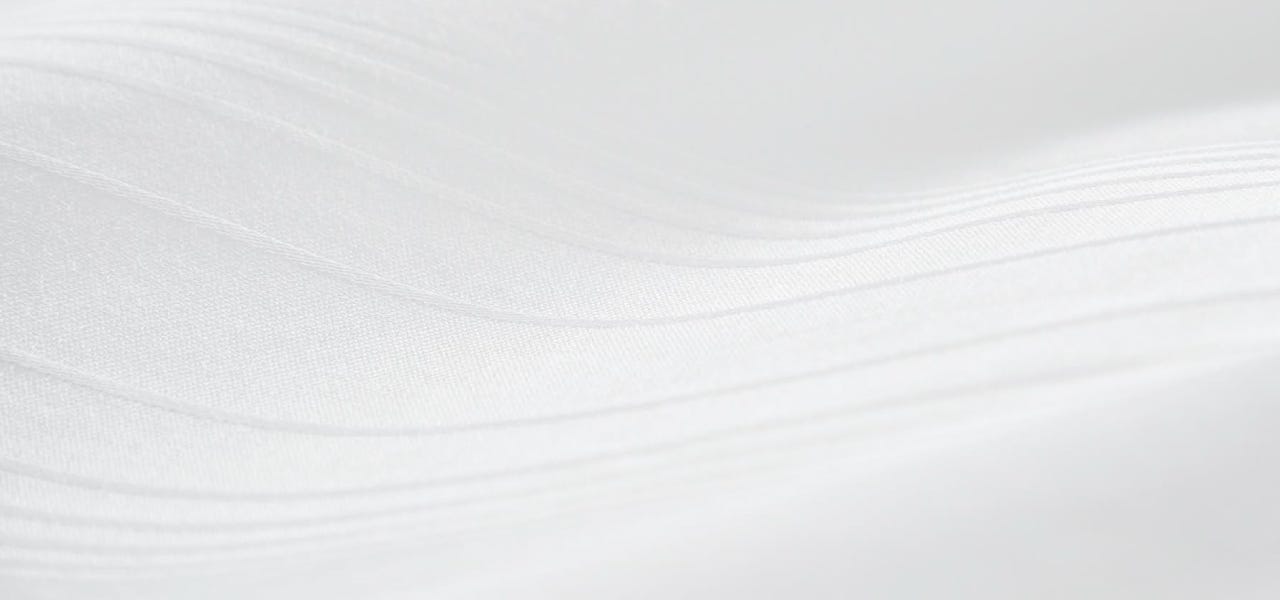Choosing Bedlinen
BEDDING SIZES
- Single
- DOUBLE
- KING
- SUPER-KING
- MATTRESS 90cm x 190cm
- BED135cm x 150cm
- DUVET/COVER140cm x 200cm
- FLAT SHEET180cm x 260cm
- FITTED SHEET90cm x 190cm
- FITTED SHEET DEPTH28cm / 34cm / 36cm *Depth dependant on brand
- MATTRESS135cm x 190cm
- BED200cm x 200cm
- DUVET/COVER200cm x 200cm
- FLAT SHEET230cm x 260cm
- FITTED SHEET135cm x 190cm
- FITTED SHEET DEPTH28cm / 34cm / 36cm *Depth dependant on brand
- MATTRESS150cm x 200cm
- BED230cm x 220cm
- DUVET/COVER230cm x 220cm
- FLAT SHEET275cm x 275cm
- FITTED SHEET150cm x 200cm
- FITTED SHEET DEPTH28cm / 34cm / 36cm *Depth dependant on brand
- MATTRESS180cm x 200cm
- BED260cm x 220cm
- DUVET/COVER260cm x 220cm
- FLAT SHEET275cm x 305cm
- FITTED SHEET183cm x 200cm
- FITTED SHEET DEPTH28cm / 34cm / 36cm *Depth dependant on brand
PILLOW SIZES
- STANDARD
- SQUARE
- PILLOW INNER74cm x 48cm
- STANDARD PILLOWCASE74cm x 48cm
- OXFORD PILLOWCASE74cm x 48cm + 5cm Border
- PILLOW INNER65cm x 65cm
- STANDARD PILLOWCASEN/A
- OXFORD PILLOWCASE65cm x 65cm + 5cm Border

FABRIC TYPES
Did you know that the fabric of your bedlinen could impact the comfort of your sleep? With an abundance of fabrics and weaves to choose from it’s hard to get it right. So, here’s a handy little guide to help you out.
EGYPTIAN COTTON
Regarded as one of the best quality cottons in the world, Egyptian cotton is said to be softer than any other fabric. When you spend that little bit extra, you can expect luxurious comfort wash after wash with minimal ironing. It’s lightweight, breathable and keeps you warm in the winter and cool in summer.
BRUSHED COTTON
Made from 100% cotton, this fabric undergoes a finishing process to raise the surface fibres. This process lifts the cotton pile and cause fibres to fluff up making it super comfortable and soft to the touch.
100% PURE COTTON
The most popular natural fibre, cotton is extremely comfortable and lightweight. Naturally breathable and hypoallergenic with low thermal conductivity making it ideal for summer and winter bedding.
POLY-COTTON
Just as the name suggests, Poly Cotton is made from a blend of cotton and polyester fibres. The combination of the two materials gives it durability while keeping it lightweight
LINEN
Linen is the kind of fabric that lives with you. It is super strong and very long lasting and the more you wash it, the softer it gets. Plus, it’s cool to the touch and it keeps you warm in winter and cool in summer. It’s an investment worth making for sheets you will really love.
WEAVE TYPES

COTTON PERCALE
Made from 100% high quality combed cotton, this weave is ultra smooth with a medium weight and washes extremely well. To qualify as a Percale, the thread count must be at least 180 count.

JACQUARD
The unique and distinctive Jacquard fabric is woven on a specialist jacquard loom to reveal a raised (shiny) and flat (matte) contrast in design. This elegant fabric is long lasting and durable.

PERCALE
This closely woven, plain weave fabric is available in cotton and poly blends. This type of weave may feel slightly textured to sleep on.

FLANNEL
AND FLANNELETTE
Made from a range of fibres including cotton, nylon and polyester flannel is woven and then brushed on both sides. This process makes it super soft to the touch and allows it to retain heat, making it ideal for winter bedding.
Flannelette is a light to medium cotton fabric and is made in the same way as flannel - the only difference is that it’s only brushed on one side.

SATEEN
This luxurious fabric is made from combed cotton and woven with one vertical thread per four horizontal threads. This intricate process gives Sateen a feel that resembles satin or silk - beautiful to sleep under.

To put it simply, the thread count is the measure of how many threads are used per square inch of fabric. So, a higher thread count should be seen not as an indicator of quality, but more of a guide on how tightly the fabric has been woven and therefore how the fabric is going to feel against your skin.
The threads within a material run in two different directions - the warp (length) and the weft (width).
Different fabrics need different thread counts to achieve their desired finish. For example, linen is a high quality fabric but when it is woven closer it can have a thread count as low as 50.
Our best advice is to consider a thread count per fabric, not per thread count measure. If the sheets feel good to you, this is a better measure than any!
BEDLINEN CARE

WASHING
To get the most out of your bedlinen, always read the label. Nothing beats that ‘clean sheet feeling’ so washing your bedlinen once a week will ensure that feeling is never lost.
Always wash your bedlinen separately and avoid overloading. Never wash with heavy, non-textile items like trainers or zips as this can cause damage to the fabric.

IRONING
Clean sheets and crisp ironed bedding is a match made in heaven. To make life a little easier, iron your sheets when they are almost dry. If your bedding is over-dry, you can spritz on a little water to help with stubborn creases.










